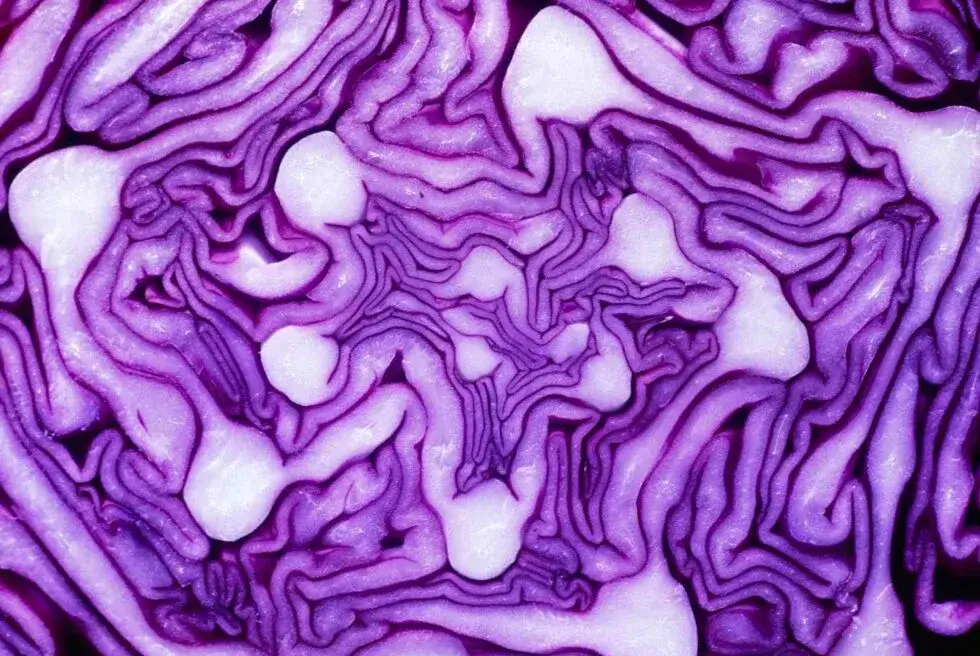Mimosa hostilis, also known as Jurema Preta or Mimosa tenuiflora, is a plant native to Brazil that has a long history of use in traditional medicine and spiritual practices. It is a member of the Fabaceae family and is known for its beautiful pink flowers and delicate fern-like leaves.
In addition to its traditional uses, Mimosa hostilis is also used as a natural dye due to the vibrant colors it produces. Its vibrant colors make it a popular choice for those interested in natural and eco-friendly alternatives to synthetic dyes.
If you are new to using Mimosa hostilis as a dye, you may be wondering how to get started. Here is a more detailed guide to help you get started:
How to use Mimosa hostilis as a dye:
- Gather your materials: To get started, you will need the following materials:
- Mimosa hostilis root bark (either shredded or powdered)
- Water
- Mordant (such as alum or iron, optional)
- Fabric or other material to be dyed
- Stove or other heat source
- Large pot or dye vat
- Measuring cups and spoons
- Stirring spoon
- Strainer or cheesecloth (optional)
- Prepare the dye bath: To prepare the dye bath, you will need to simmer the Mimosa hostilis in water for a few hours until the desired color is reached. The exact amount of time will depend on the desired intensity of the color and the form of the Mimosa hostilis (shredded or powdered). As a general rule, the more Mimosa hostilis you use and the longer you simmer it, the more intense the color will be. Powdered mimosa hostilis will leach more color into the dye solution due to the increased surface area, so take that in mind when preparing the dye bath.
You can add a mordant, such as alum or iron, to help the dye adhere to the fabric. Mordants are optional, but they can help improve the colorfastness of the dye and make it more resistant to fading.
- Soak the fabric: Once the dye bath is ready, soak the fabric in the dye bath for at least an hour, or until it reaches the desired color. You can use a strainer or cheesecloth to help remove any excess dye particles from the dye bath before soaking the fabric.
- Rinse and dry: After soaking, rinse the fabric in cold water to remove any excess dye. Then, hang the fabric to dry in a well-ventilated area. Avoid drying the fabric in direct sunlight, as this can cause the colors to fade.
- Enjoy your newly dyed fabric: Once the fabric is dry, it is ready to use in your projects. You can use it to create beautiful, natural dyed clothing, home decor, or any other project you can imagine.
Using Mimosa hostilis as a natural dye can be a fun and rewarding experience. It allows you to create unique, one-of-a-kind pieces using natural materials and avoid the use of synthetic dyes, which can be harmful to the environment.
If you have any questions or need assistance using Mimosa hostilis as a dye, don’t hesitate to contact us at The Mimosa Shop. We are here to help you on your journey to natural dyeing and are committed to providing the highest quality, ethically harvested Mimosa hostilis products.
If you’re looking to buy Mimosa hostilis root bark to use in dying, check out our Powdered Mimosa hostilis root bark and our Shredded Mimosa hostilis root bark products, perfect for all your dyeing needs!
Happy dyeing! The Mimosa Shop Team.


